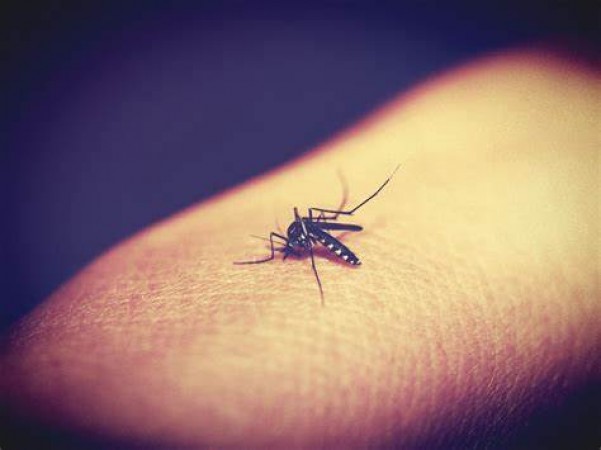
Dengue fever is a viral illness caused by the dengue virus, primarily transmitted to humans through the bite of infected Aedes mosquitoes. When a person gets infected with the dengue virus, several intricate processes occur within the body to mount an immune response and combat the infection. Let's delve into the details of what happens inside the body during a dengue fever infection.
The dengue virus enters the human body through the mosquito bite, and it initially targets immune cells such as dendritic cells and macrophages. These cells act as a gateway for the virus to enter the bloodstream.
Once inside the bloodstream, the virus begins to replicate rapidly. It spreads throughout the body, targeting various tissues and organs, including the lymph nodes, liver, and spleen. This widespread distribution can lead to a variety of symptoms.
The body recognizes the presence of the dengue virus as a threat and triggers an immune response. White blood cells, especially T-cells and B-cells, play a crucial role in identifying and attacking the virus.
As the immune system fights the virus, it releases inflammatory substances called cytokines. These cytokines can cause fever, joint pain, and muscle aches, which are common symptoms of dengue fever.
One hallmark of dengue fever is a decrease in platelet count, a condition known as thrombocytopenia. The virus can directly infect platelets or trigger the immune system to destroy them. This can lead to bleeding tendencies in severe cases.
In severe dengue cases, the virus can damage blood vessels, leading to increased permeability and leakage of fluid from the blood vessels into surrounding tissues. This condition, called plasma leakage, can result in dengue hemorrhagic fever or dengue shock syndrome.
One unique aspect of dengue is that there are four distinct serotypes (strains) of the virus, labeled as DEN-1, DEN-2, DEN-3, and DEN-4. When a person is infected with one serotype, the immune system develops immunity to that specific serotype.
The danger arises when a person who has already been infected with one serotype is exposed to a different serotype in the future. This is because the immune system's response to the second infection can be more intense and sometimes misguided.
ADE is a phenomenon where antibodies produced during the first infection can enhance the entry of a different serotype of dengue virus into immune cells, potentially worsening the infection. This is one reason why a second dengue infection can be more severe.
People experiencing a second dengue infection are at a higher risk of developing severe dengue-related complications, including dengue hemorrhagic fever and dengue shock syndrome.
In conclusion, when the body is infected with the dengue virus, a complex series of events unfold, involving the immune system, inflammatory responses, and damage to various organs. Furthermore, a second dengue infection can be more dangerous due to the risk of enhanced immune responses and severe symptoms. Dengue fever remains a significant public health concern, particularly in regions where Aedes mosquitoes are prevalent.
Study Reveals Promising Treatment for Fatty Liver Disease
The Benefits of Adding Soaked Flaxseeds to Your Morning Routine
Nipah Alert in Kerala, Nipah Virus Precautions: Protecting Yourself and Others